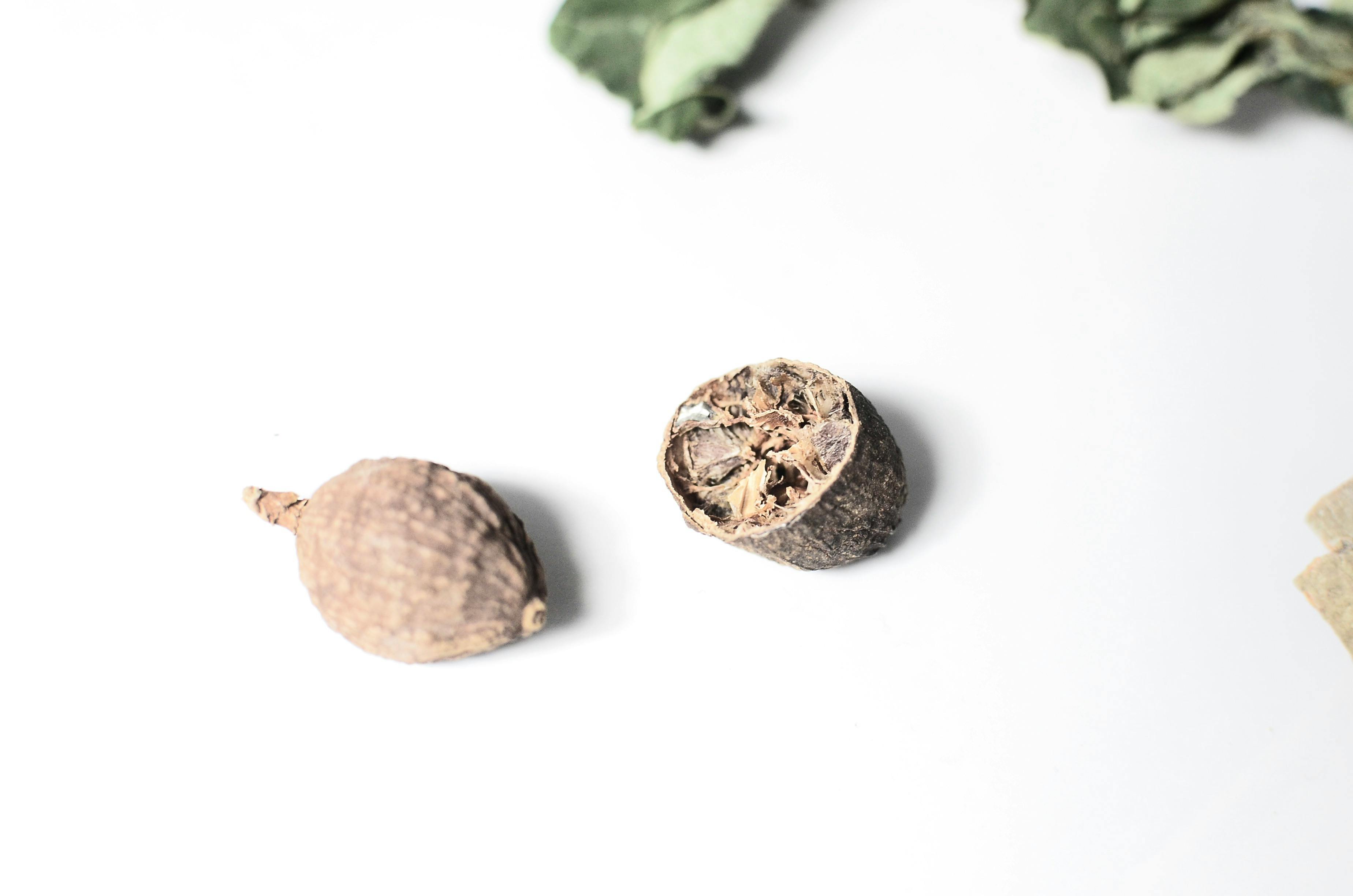Website design By BotEap.comIn previous articles in this series I have described First Position, the basic body position from which the salute and enguard flow in classical fencing. So far I have identified three variants, the most common with the blade held in front, one appropriate for saber with the broadsword or saber resting on the forward shoulder, and an Italian variant with the blade held inward with the point to the rear. rear. Now is the time to consider First Position in which the blade is not held in the weapon, but is held barehanded.
Website design By BotEap.comIn 1883 George H. Benedict (
Manual of Boxing, Swinging Club and Men’s Sports) describes a First Position as part of a sequence that leads to a simulated draw of the foil that turns into a salute:
-
Website design By BotEap.comThe weapon arm foot points towards the opponent with the rear foot pointing 90 degrees inward and pulling up so that the heel touches the front foot.
-
Website design By BotEap.comLegs are straight and torso upright, hips slightly back and turned in at approximately a 45 degree angle.
-
Website design By BotEap.comThe head is upright and facing the opponent.
-
Website design By BotEap.comThe arms hang loosely at the sides, with the non-dominant hand holding the loose foil at the back of the hip.
-
Website design By BotEap.comTo draw the sword, the fencer bends the lead arm at the elbow, bringing the supinated hand across the body to grasp the foil hilt with the thumb down.
-
Website design By BotEap.comBoth hands separate as they rise above the head, ending with the non-weapon hand holding the foil button. This drawing of the weapon then moves on to the salute.
Website design By BotEap.comRegis and Louis Senac
The art of fencing (first published 1904 and reprinted until 1926) shows a similar sequence for drawing the plate:
-
Website design By BotEap.comThe body is held as described by Benedict, with the exception that the foil is held with the non-dominant hand on top of the hip with the arm bent and the elbow back at waist level.
-
Website design By BotEap.comThe fencer extends the weapon arm up at an angle of approximately 45 degrees, with the palm open and the thumb up. This is described as a greeting.
-
Website design By BotEap.comThe weapon arm is brought back to grasp the grip of the weapon, with the elbow out and the forearm crossing the body at the waist.
-
Website design By BotEap.comThe arm is then extended by pulling the blade out of the imaginary sheath and rotating forward to full extension of the arm and blade, again at a 45 degree angle upwards directly to the front. This becomes the beginning of the transition to the guard.
Website design By BotEap.comIt is important to note that, like the multiple steps of coming on guard practiced in a number of variations in the classical period, drawing the foil from an imaginary scabbard does not itself perform any technically useful fencing function. However, it should not be dismissed out of hand. It is part of a ceremony of courteous recognition that the opponent is worthy and honors fencing as an activity, something that was valued in classical times. Thats not all; a skillfully executed sequence conveys to the opponent that you are a skilled opponent in subtle psychological warfare. Finally, the ritual serves a valuable purpose in helping to focus and center the fencer on the imminent task of fighting the match.
